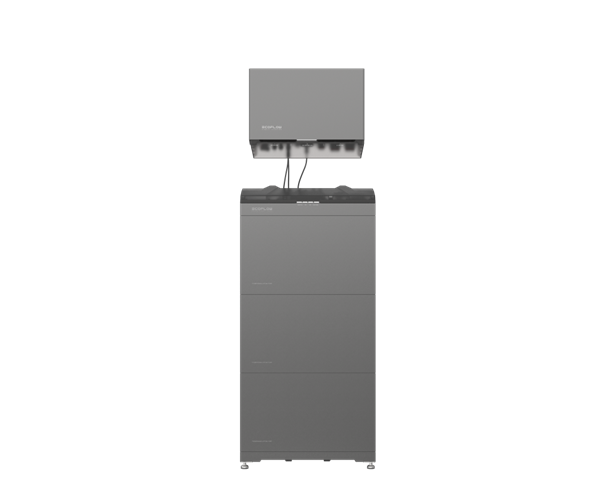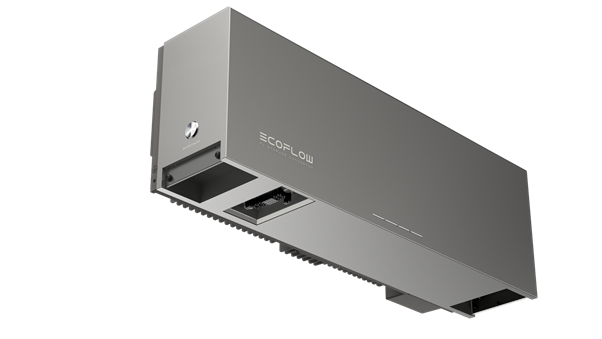What’s the Difference Between G98 vs G99?
The UK’s energy system was not initially designed for decentralised energy generation. Those who want to add micro-generation, grid-connected solar systems to their homes must ensure that local distribution network operators (DNOs) know about new residential solar and battery installations. This allows DNOs to evaluate their potential impact and make any upgrades to local infrastructure before approval.
The two applications for home energy systems in the UK are G98 and G99. Both follow different application processes and cover systems of various sizes. Here’s everything you need to know about the differences between G98 and G99.
What Is G98?
G98 is the standard permission required for smaller-scale grid-connected micro-generation devices with capacities up to 16A per phase (or 3.68kW). This regulation follows an “install, then apply” basis, allowing you to install smaller residential or commercial solar projects and apply for certification within 28 days of installation.
What Is G99?
The G99 certification covers more robust installations exceeding 16A/3.68kW per phase for more extensive power requirements and three-phase connections. Due to their potential impact on the grid, G99 installations require more detailed assessment and testing. You must first get G99 approval before installing these systems.

Do I Need G98 or G99?
The difference between needing a G98 application and a G99 application is the size of your system and its intended use. For systems with capacities below 3.68kW/16A per phase, you can install your system first and then apply for G98. For systems above this limit, including the EcoFlow PowerOcean (Single-Phase) and EcoFlow PowerOcean (Three-Phase), you must apply for G99 and wait for approval before installing your system.
However, you can avoid applying for either of these on-grid permits if you choose the EcoFlow PowerOcean DC Fit, which directly connects batteries with existing PV panels and does not require the installation of a new storage inverter.
Key Differences Between G98 and G99
The key differences between the G98 and G99 DNO (distribution network operator) applications include the system’s capacity threshold, approval process, system use case, application response time, and application cost.
Capacity Threshold
The G98 application is only for single-phase systems with an output of 3.68kW or less or three-phase systems with an output of 11.04kW or less.
The G99 application is used for single-phase systems above that 3.68kW output or three-phase systems above the 11.04kW threshold.
Approval Process
For G98, you can follow an “install, then apply” approval process. First, you may install your system. Then, you must notify DNO within 28 days of installation to receive approval.
For G99, this process is reversed. You must apply first before installing. After you submit your application to DNO and receive approval, you can install your system.
Use Cases
G98 application systems are typically used for small solar and battery storage systems for residential use, while G99 applications provide certification for larger solar and battery systems for residential or commercial use.
Response Time
The G98 application has a response time of about 2-4 weeks, and there is no option to fast-track the approval. However, G99 applications may be fast-tracked to 2 weeks, or you may wait the standard 4-8 weeks for approval.
Cost
It’s free to apply for G98 approval for all systems and DNOs, while fees will vary for G99 applications based on the DNO and size of the system. Note that some system installers may also charge customers a small administrative fee to cover the application submission.

What Is the G98 Application Process?
The G98 application procedure is relatively straightforward. Most customers don’t need to concern themselves with the application—the installer handles it traditionally. Still, it’s helpful to know the three key steps to apply for G98 approval:
- Installation. Since G98 systems follow an “install, then apply” basis, you don’t need to wait for approval before installing your system. First, you can fit and install your system at home or your business and notify your local DNO afterwards.
- Application Submission. You have a 28-day window following installation to submit your G98 form and documentation. To prove your compliance with regulations, you must provide your system’s technical information and a single-line installation diagram.
- DNO Response. You may not hear back from your DNO for up to 4 weeks after submitting your application. Once they assess your system's compliance, they will provide approval.
What Is the G99 Application Process?
The G99 connection procedure is set up differently. Rather than applying after installation, these larger systems require approval before the system can be installed. It’s also more complex and may vary based on the size of your generation. There are four to five key steps that installers follow to receive G99 approval:
- Pre-Application. The customer or installer should call the local DNO to discuss the intended project and garner any initial feedback.
- Application Submission. Submit a detailed G99 application form and required supporting documentation to the DNO. The documents for the G99 application are more extensive and must include information such as the system’s generation profile.
- DNO Approval. You must wait for DNO approval before beginning the installation. You can speed up this part of the process by fast-tracking the application with certain DNOs, but it may cost extra. The standard review and response time can range from 4 to 8 weeks.
- Potential Rejection. If your G99 application is rejected, you can troubleshoot by changing the system's design, restricting the inverter to 3.68kW per phase, changing it to an off-grid system, paying for grid expansion, or re-applying for a G99 later down the road.
- Installation. Once you receive approval from the DNO, you can begin installing, commissioning, testing, and using your system.
Final Thoughts
If you’re considering adding a grid-connected micro-generation solar system to your home or business, you must know the difference between the G98 and G99 applications. For smaller residential projects with inverter output under 3.68kW, you can install your system and then apply for G98. However, if your system’s capacity is over 3.68kW per phase, you’ll need to wait for G99 approval before installing your system.
Use this guide to help determine which application route applies to your system. Alternatively, opt for the EcoFlow PowerOcean DC Fit to avoid applying for a grid permit.


.jpg)

